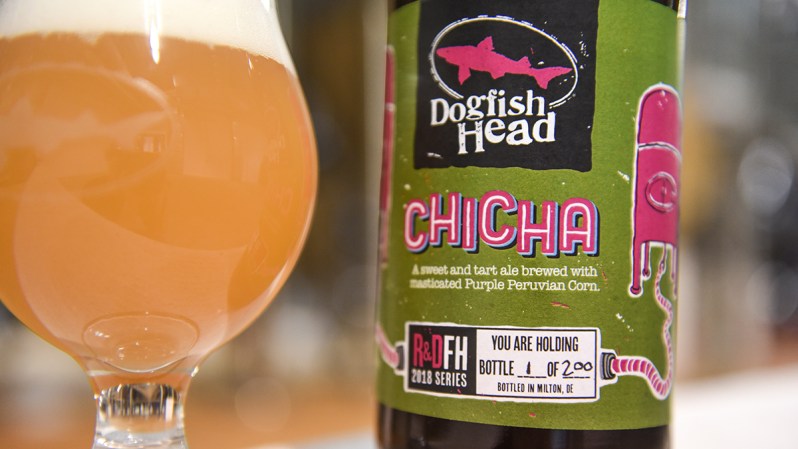
“Who spit in my beer?”
Turns out, it was the employees of Dogfish Head Craft Brewery.
Grossed out? Don’t fret — it’s all part of an ancient Peruvian tradition used in brewing chicha, and it’s sanitary. I promise. Read on.
As the palates of beer drinkers have changed through the centuries, styles like goses, grisettes and dark milds were nearly driven into extinction. Thankfully, as some brewers looked to the past for inspiration, these varietals have seen a revival. Today, mass market versions of those beverages can easily be found alongside the popular and ever-present IPAs, hefeweizens and Russian imperial stouts.
Even though it seems we’re knee-deep in these once-forgotten beers, there is one ancient ale recipe that hasn’t received as much attention as its European counterparts. Chicha, a traditional Peruvian ale, was first commercially brewed in the United States by Dogfish Head Brewery in 2009 before ultimately sliding off the brewery’s release calendar a few years later. This month, Dogfish Head Chicha returns to the market in limited release.

What makes this chicha recipe special — and perhaps less explored than other Old World beer styles — is its signature ingredient: human saliva.
Yes, that’s right. Other people’s spit in your beer.
Chicha’s origins go back to small, tight-knit communities in Peru where locals would gather to chew up maize, breaking down the grain. The chewed grain would then be transferred to ferment in clay pots with other local spices and ingredients. Dogfish Head has reinterpreted that recipe slightly, adding malted corn and barley, but it hasn’t forgone the chewed-up maize entirely.

In late 2017, hundreds of Dogfish Head employees chipped in to contribute to Chicha; each was given a cup of purple maize to chew at the brewery’s annual Hootenanny party. That masticated maize was also added to the mash. The malts are boiled (hence sterilized), chilled, and augmented with strawberries. Finally, the wort is fermented with various yeast strains to produce a low, 3.1 percent ABV beer designed to be fruity, spicy, and dry.
If you want to try Dogfish Head Chicha for yourself, you may need to get creative to track down a bottle. Dogfish is releasing an incredibly small batch of 200 750 ml bottles in the Tasting Room at the Milton, Delaware, brewery on Saturday, March 10 at 11 a.m. They are priced at $18 each and available on a first come, first serve basis with a two bottle limit. Chicha will also be available on draft while supplies last. Each bottle will include a “drink by” date to encourage fresh consumption.


